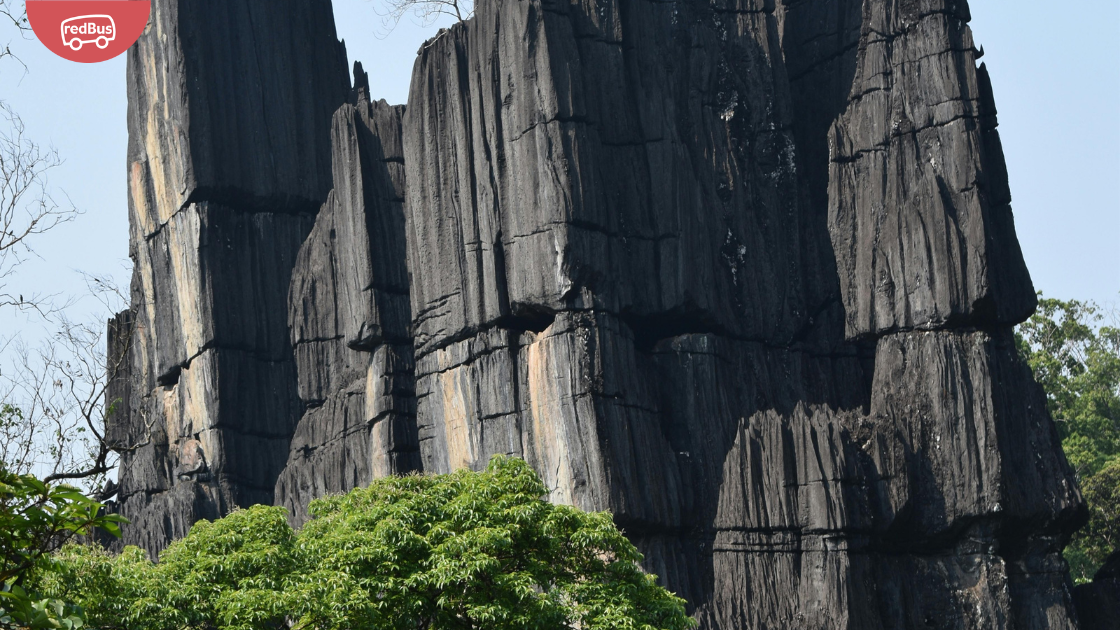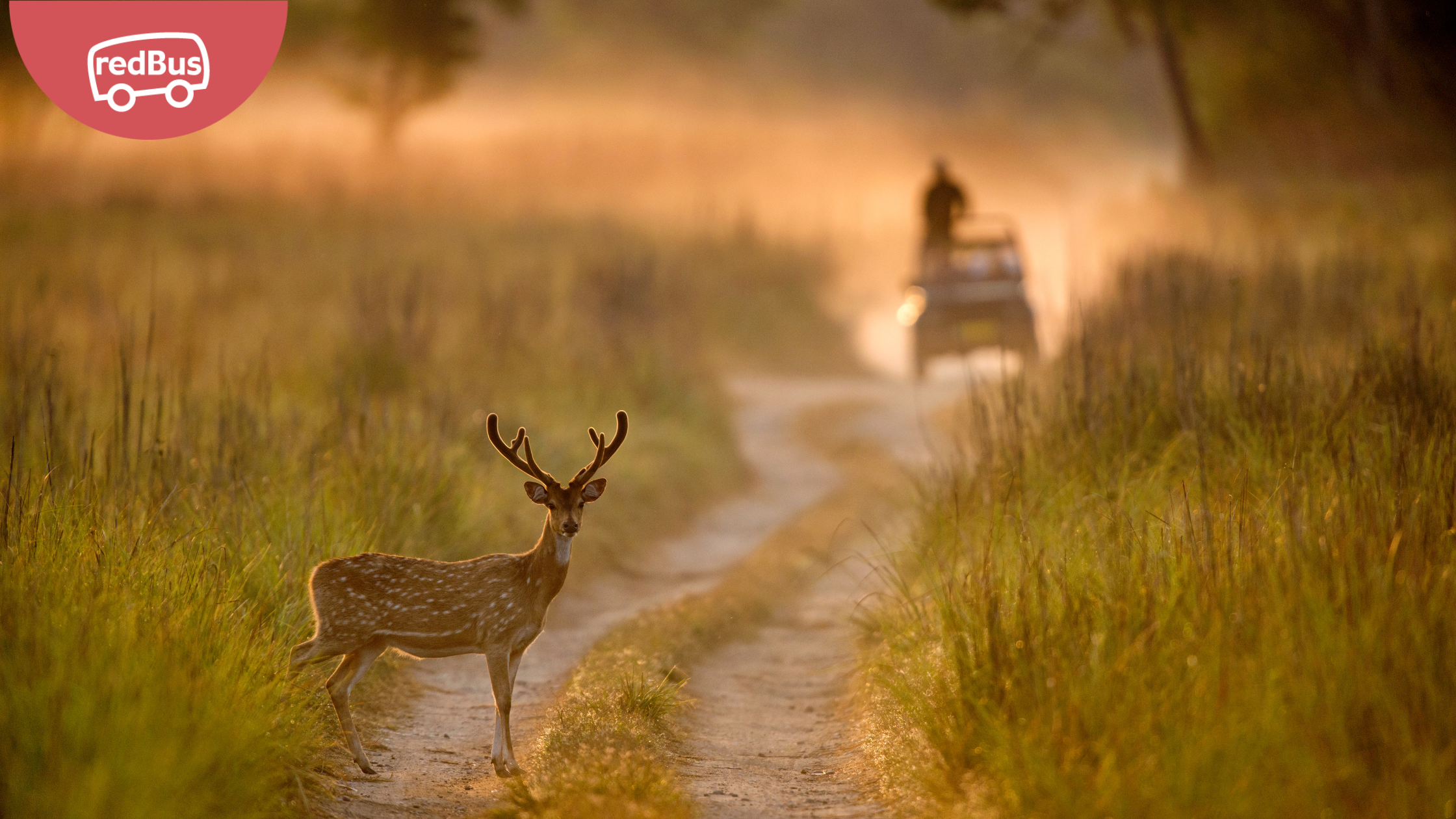Nestled in the heart of West Bengal, Bishnupur is a small town that brims with history, art, and culture. Known for its exquisite terracotta temples, Bishnupur is a living testament to the architectural and artistic grandeur of the Malla dynasty, which ruled this region between the 16th and 18th centuries. The temples here are not just places of worship but masterpieces of intricate craftsmanship, showcasing the unique tradition of terracotta art that flourished under royal patronage. This blog explores the splendor of Bishnupur’s terracotta temples, their history, cultural significance, and how to visit this enchanting destination on a budget using SBSTC buses.
The History of Bishnupur and Terracotta Temples
The name Bishnupur derives from Lord Vishnu, the deity who was predominantly worshipped by the Malla kings. During their reign, the Malla rulers made Bishnupur a hub of art, culture, and devotion. With the scarcity of stone in the region, terracotta—a material made from fired clay—emerged as the primary medium for temple construction.
The temples of Bishnupur are adorned with intricate terracotta panels depicting stories from Hindu mythology, scenes from epics like the Mahabharata and Ramayana, and glimpses of daily life during the Malla period. These temples are not only architectural marvels but also historical archives, preserving the socio-religious ethos of their time.
Famous Terracotta Temples of Bishnupur
1. Rasmancha
Built by: King Bir Hambir in 1600 AD
Highlights:
Rasmancha is the oldest brick temple in Bishnupur and a unique structure that stands out for its distinctive pyramidal roof and arched galleries. It was built as a place to display idols of Lord Krishna during the Ras festival. The temple’s symmetrical design and the use of terracotta bricks make it a remarkable piece of architecture.
2. Jor Bangla Temple
Built by: King Raghunath Singha II in 1655 AD
Highlights:
The Jor Bangla temple, also known as Keshta Rai Temple, is shaped like two traditional Bengali thatched huts joined together. Its walls are adorned with exquisite terracotta panels depicting mythological tales, battle scenes, and daily life. The craftsmanship of these panels is a testament to the artistic brilliance of the Malla dynasty.
3. Shyam Rai Temple
Built by: King Raghunath Singha in 1643 AD
Highlights:
The Shyam Rai Temple, also known as the Panch Ratna Temple, is one of the most magnificent temples in Bishnupur. It features five pinnacles (ratnas) and showcases some of the finest terracotta art in India. The panels depict scenes from the life of Lord Krishna, including the Ras Leela, making it a spiritual and artistic treasure.
4. Madan Mohan Temple
Built by: King Durjan Singha in the late 17th century
Highlights:
Dedicated to Lord Krishna, the Madan Mohan Temple is an example of the ekratna (single-spire) style of architecture. The terracotta reliefs on its walls narrate stories from the Mahabharata, Ramayana, and Puranas. This temple is still active and holds special significance during Janmashtami celebrations.
5. Lalji Temple
Built by: King Bir Singha II in 1658 AD
Highlights:
Another excellent example of the ekratna style, the Lalji Temple is dedicated to Lord Rama. It is surrounded by lush greenery, adding to its serene and spiritual ambiance. The terracotta work on this temple features floral motifs, deities, and geometric patterns.
6. Radha Shyam Temple
Built by: King Chaitanya Singha in the 18th century
Highlights:
This temple showcases a blend of Mughal and Bengali architectural styles. The intricate terracotta panels depict scenes of devotion and love, particularly highlighting the divine relationship between Lord Krishna and Radha.
7. Chhinnamasta Temple
Highlights:
Dedicated to Goddess Chhinnamasta, this temple is unique among Bishnupur’s terracotta temples for its focus on Shakti worship. The terracotta carvings here display a blend of artistic finesse and spiritual depth.
The Craftsmanship of Terracotta Art
The terracotta panels of Bishnupur are a symphony of intricate designs, storytelling, and skilled craftsmanship. The process involved creating clay molds baked to harden them into terracotta tiles. These tiles were then carefully arranged to form panels that depicted vivid stories and intricate patterns.
Themes Depicted in Terracotta Panels
- Mythological Stories: Episodes from the Mahabharata, Ramayana, and Puranas.
- Nature: Floral motifs, animals, and birds.
- Everyday Life: Scenes of rural Bengal, including musicians, dancers, and farmers.
- Royal Court Scenes: Depictions of kings, queens, and warriors.
The art not only reflects religious devotion but also offers insights into the cultural and social fabric of the time.
Cultural Significance of Bishnupur
Bishnupur’s temples are not merely architectural masterpieces; they also represent a confluence of religion, culture, and art. They are:
- Centers of Devotion: Most temples are dedicated to Lord Krishna, reflecting the influence of Vaishnavism.
- Cultural Hubs: The temples served as venues for festivals, rituals, and cultural performances.
- Historical Archives: The terracotta panels preserve historical narratives and lifestyles from a bygone era.
Today, Bishnupur is also famous for its Baluchari sarees, traditional music (the Bishnupur Gharana), and festivals like the Rash Utsav.
Exploring Bishnupur Beyond Temples
While the terracotta temples are the main attraction, Bishnupur offers more:
- Bishnupur Museum: Showcasing artifacts, coins, and sculptures from the Malla dynasty.
- Baluchari Sarees: Shop for these exquisite handwoven silk sarees, known for their intricate motifs inspired by mythology.
- Local Cuisine: Savor traditional Bengali dishes like shorshe ilish (hilsa in mustard sauce) and mishti doi (sweet yogurt).
- Festivals: If you visit during the Rash Utsav, you’ll witness the vibrant celebration of Lord Krishna’s divine dance.
How to Reach Bishnupur with SBSTC Buses
Bishnupur is well-connected to major cities in West Bengal, and traveling by SBSTC (South Bengal State Transport Corporation) buses is an affordable and convenient option.
From Kolkata
- Bus Routes:
- SBSTC operates regular buses from Kolkata’s Esplanade Bus Terminus to Bishnupur.
- Options include non-AC, AC, and Volvo buses.
- Distance and Duration:
- Approximately 150 km; 4–5 hours of travel.
- Fare:
- ₹150–₹300 depending on the bus type.
From Durgapur/Asansol
- Bus Routes:
- Regular buses ply from Durgapur and Asansol to Bishnupur.
- Distance and Duration:
- 80–100 km; 2–3 hours of travel.
- Fare:
- ₹100–₹200.
From Bankura
- Bus Routes:
- Local buses and SBSTC buses connect Bankura to Bishnupur.
- Distance and Duration:
- 40 km; 1–1.5 hours.
- Fare:
- ₹50–₹100.
Tips for Travelers Using SBSTC Buses
- Book Tickets in Advance: SBSTC offers online booking on its official website, ensuring a hassle-free journey.
- Check Schedules: Timings vary, so confirm schedules beforehand to plan your day.
- Carry Essentials: Pack water, snacks, and warm clothing if traveling during winter.
- Stay Alert: Keep an eye on your belongings during the journey.
Conclusion
Bishnupur is a treasure trove of art, history, and culture, making it a must-visit destination for heritage enthusiasts and travelers seeking a glimpse into Bengal’s glorious past. The terracotta temples stand as enduring symbols of the Malla dynasty’s artistic legacy, captivating visitors with their intricate craftsmanship and historical significance.
Thanks to SBSTC’s affordable and reliable bus services, reaching Bishnupur is both economical and convenient. Whether you’re an art lover, history buff, or curious traveler, a trip to Bishnupur promises an enriching experience that will leave you spellbound.
So, pack your bags, book an SBSTC bus, and get ready to explore the terracotta marvels of Bishnupur—a journey that will transport you to a bygone era of grandeur and devotion.










